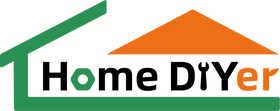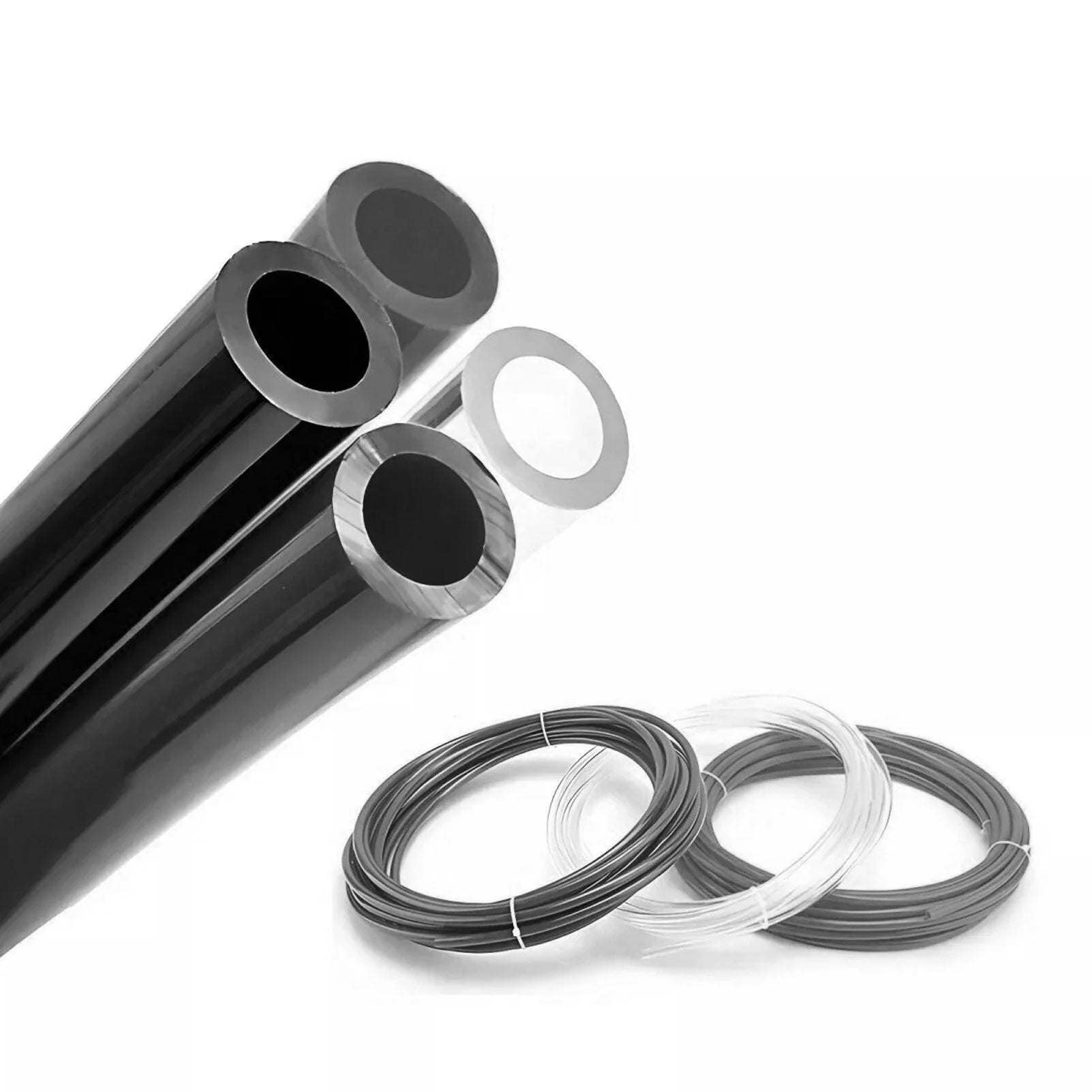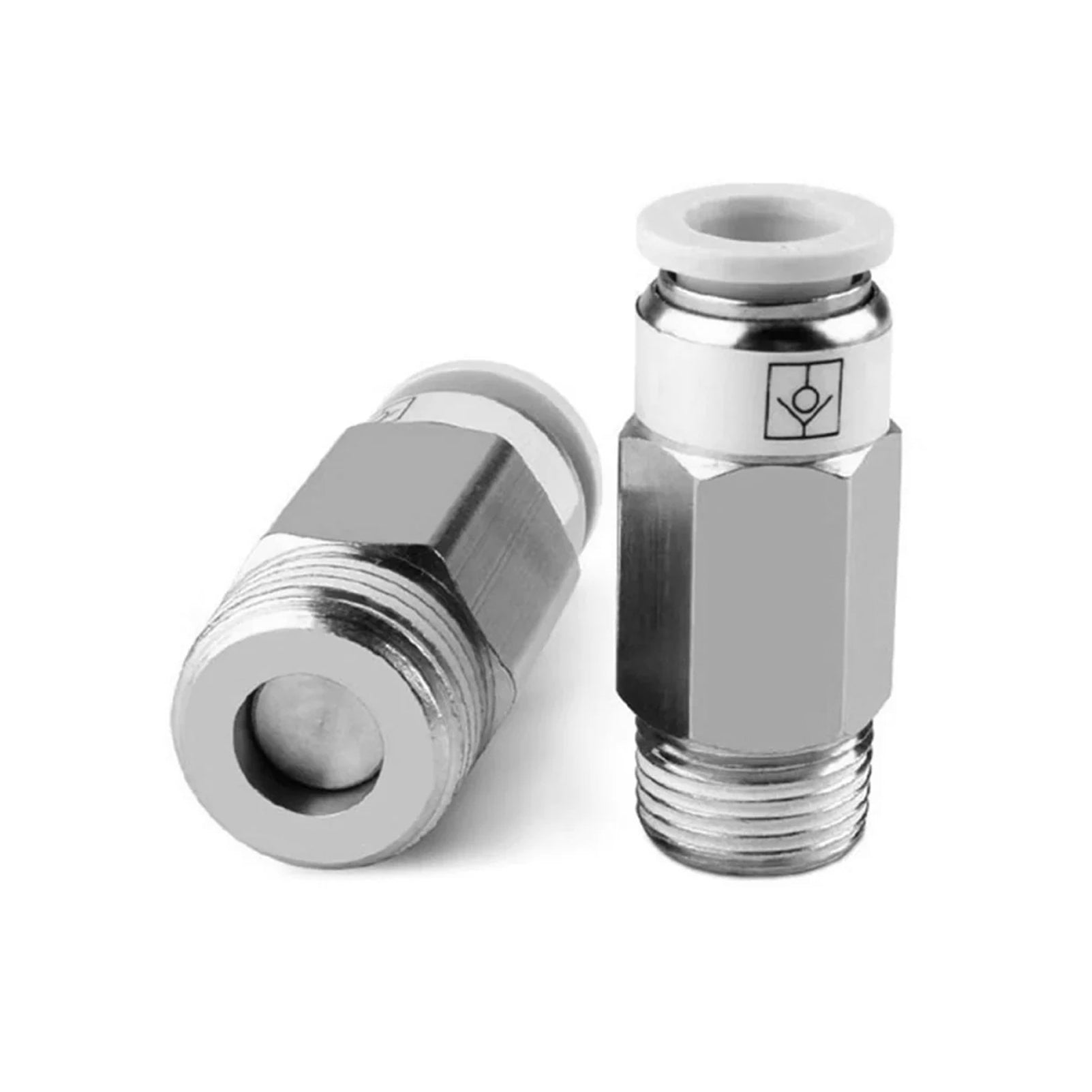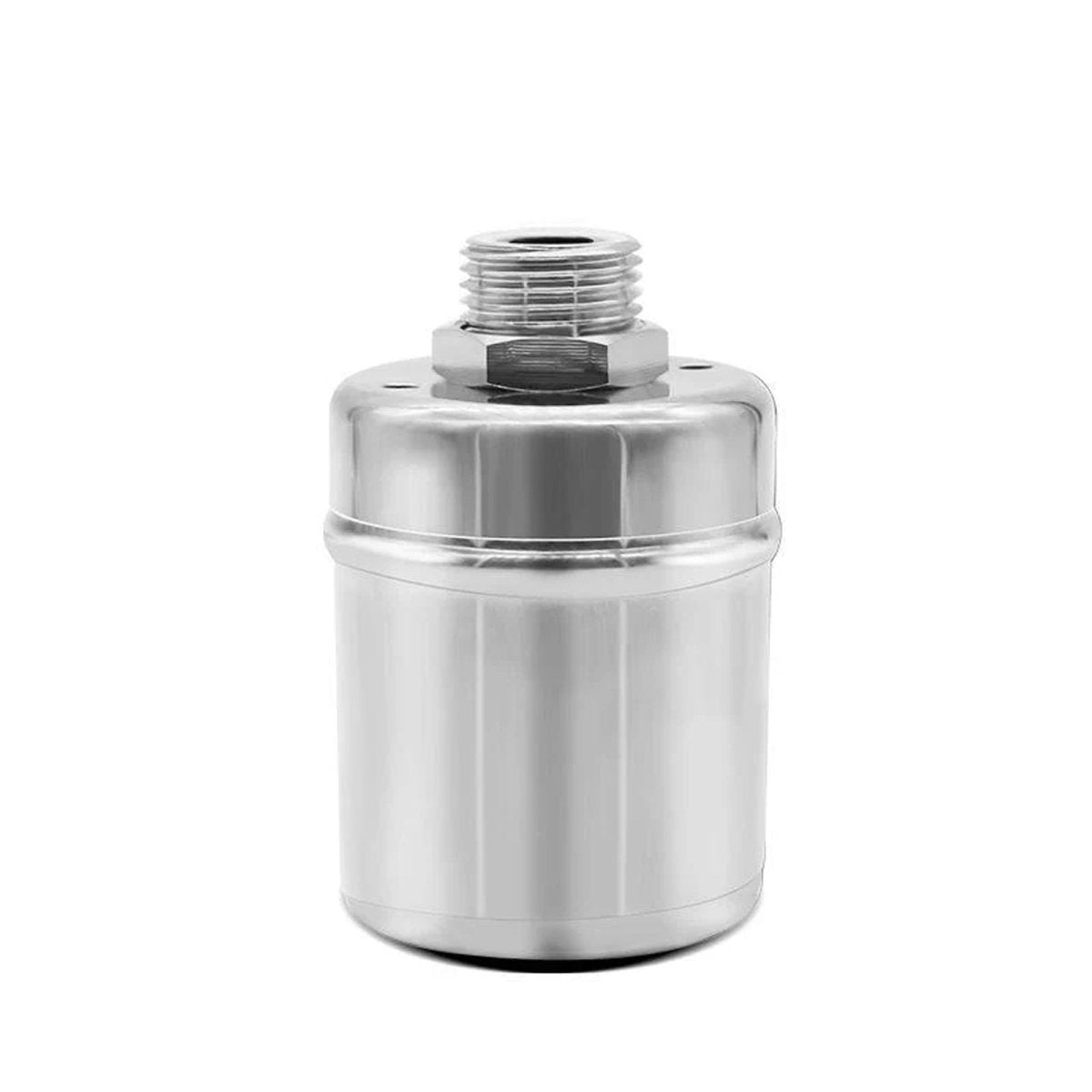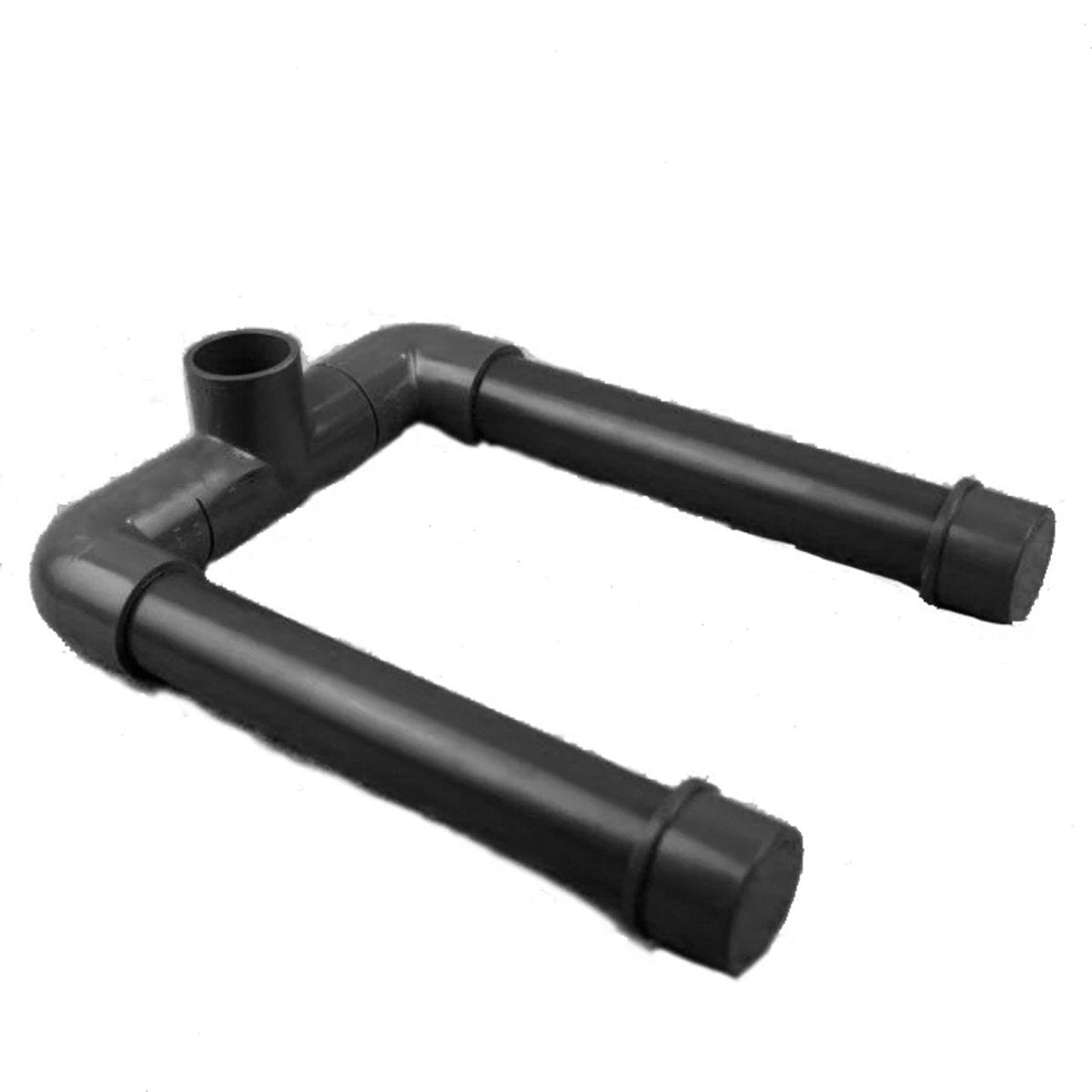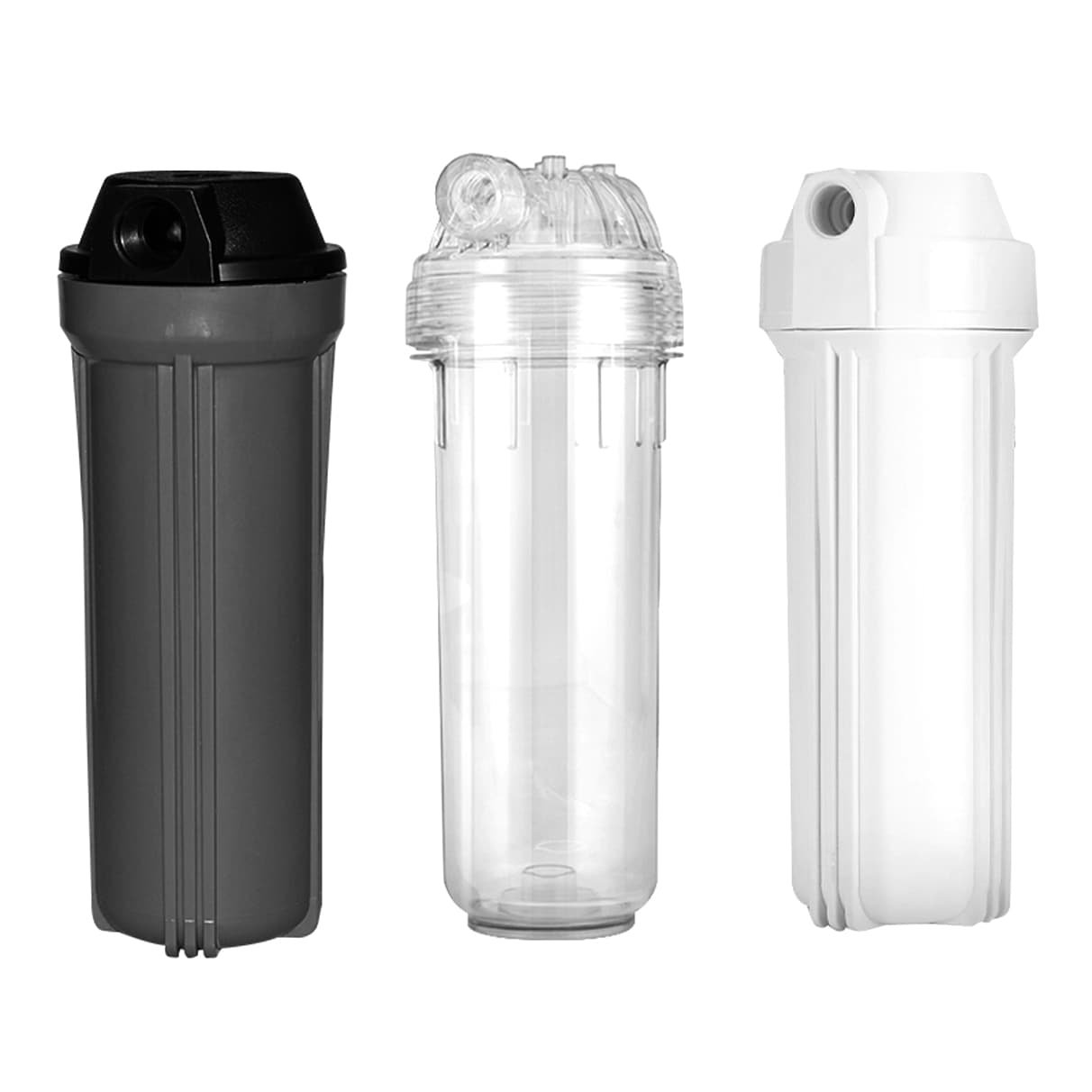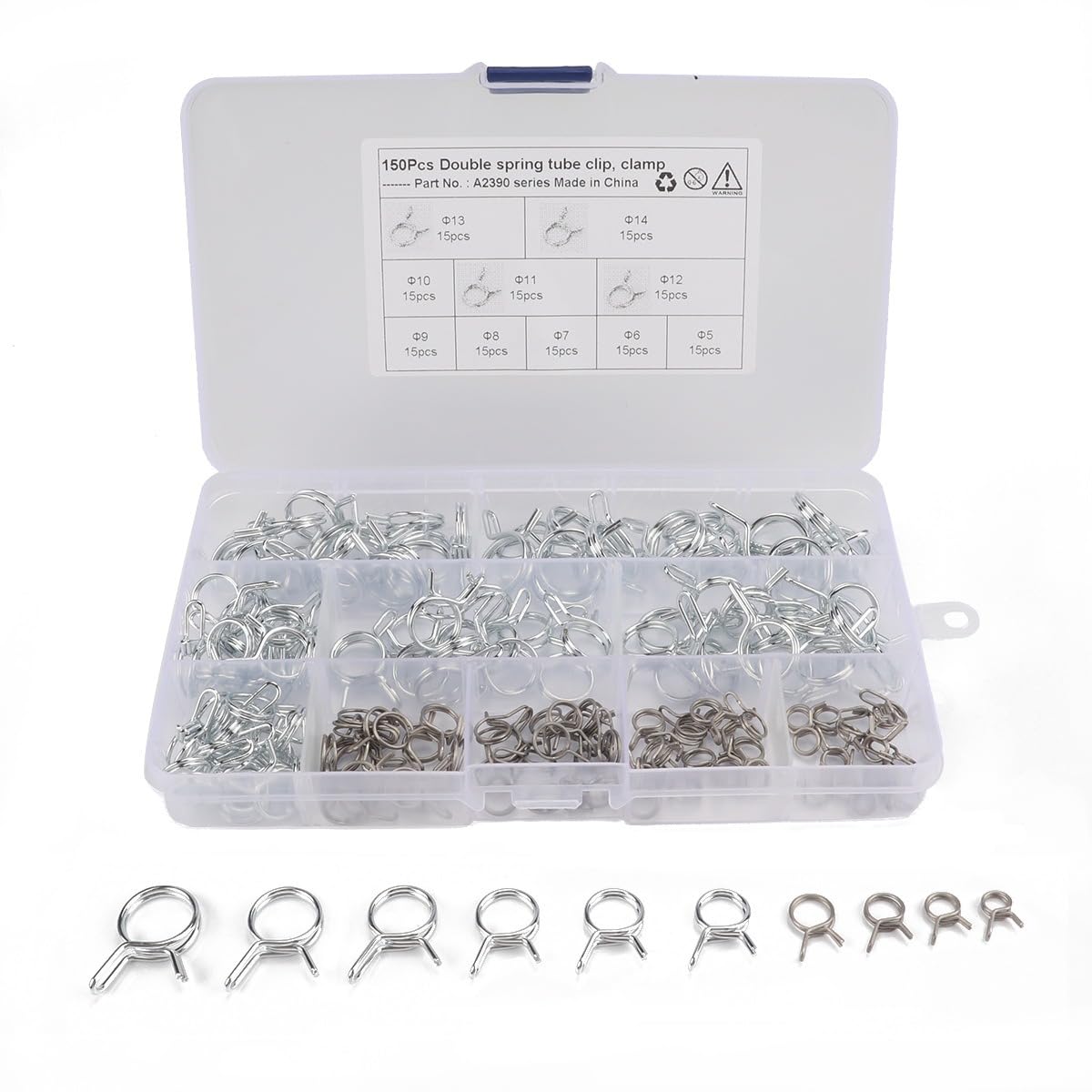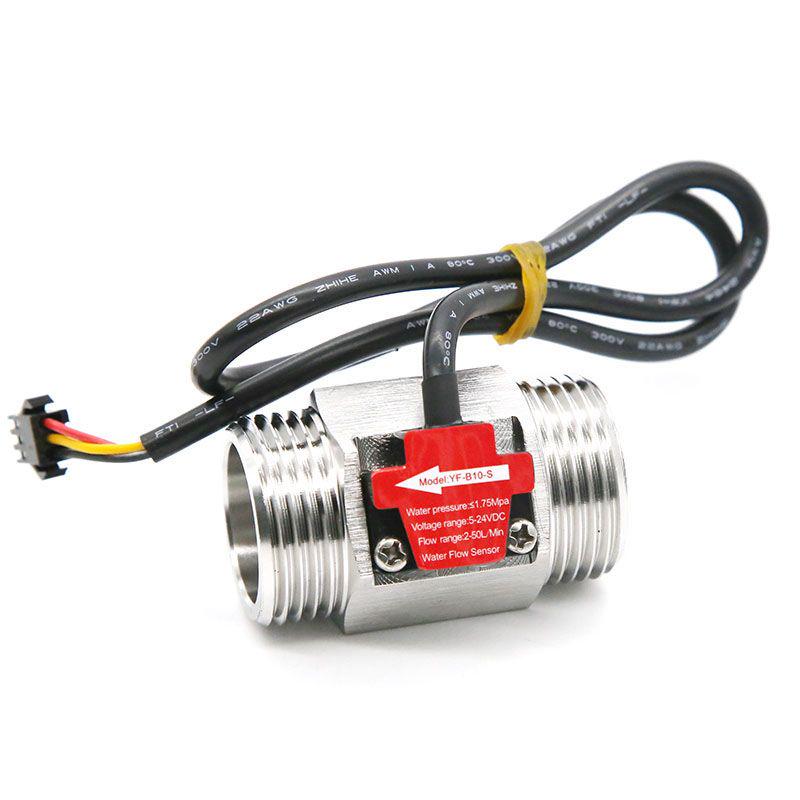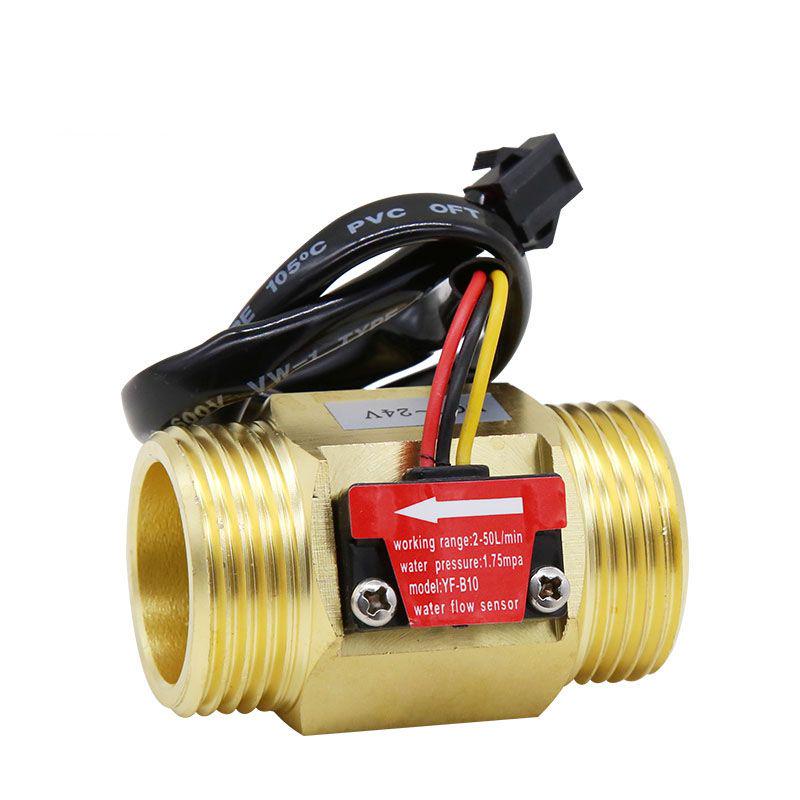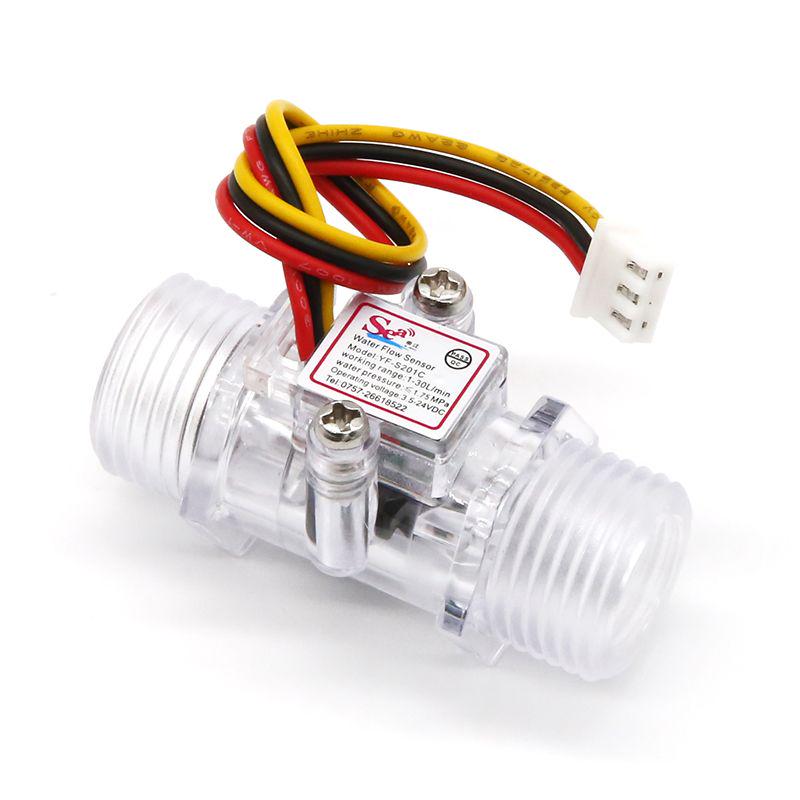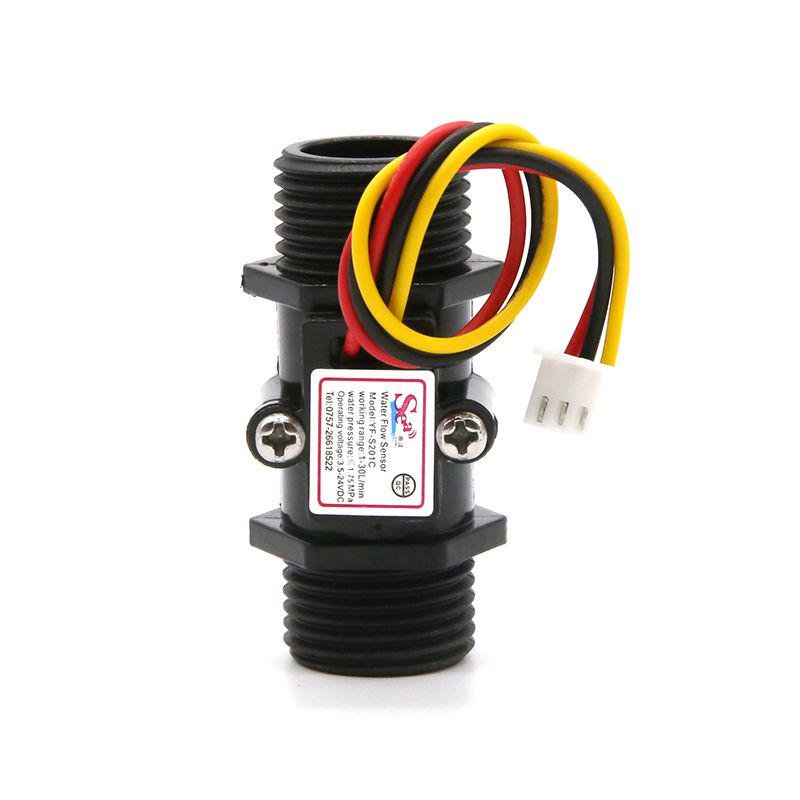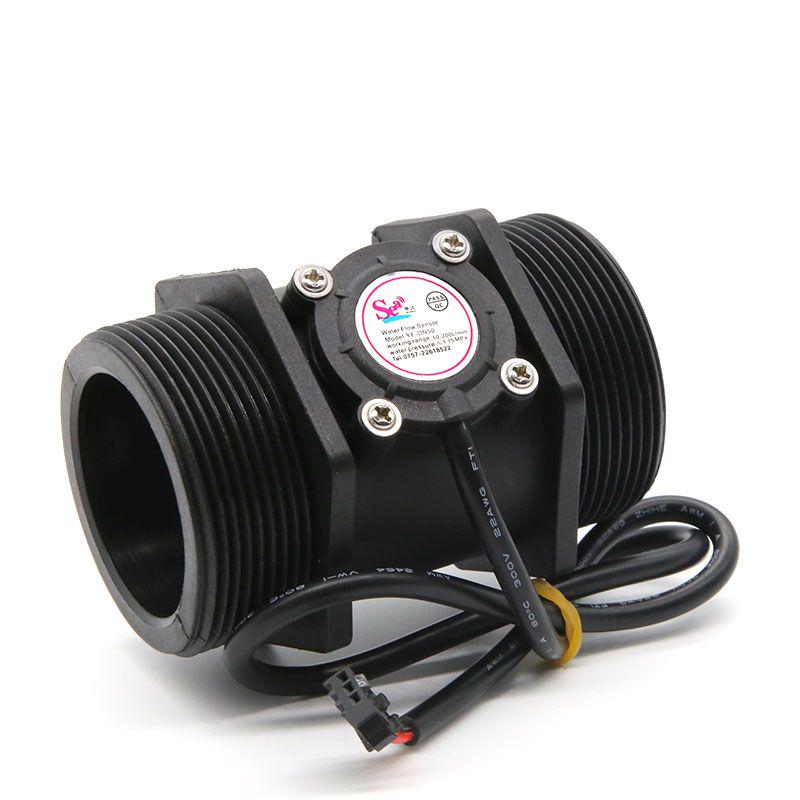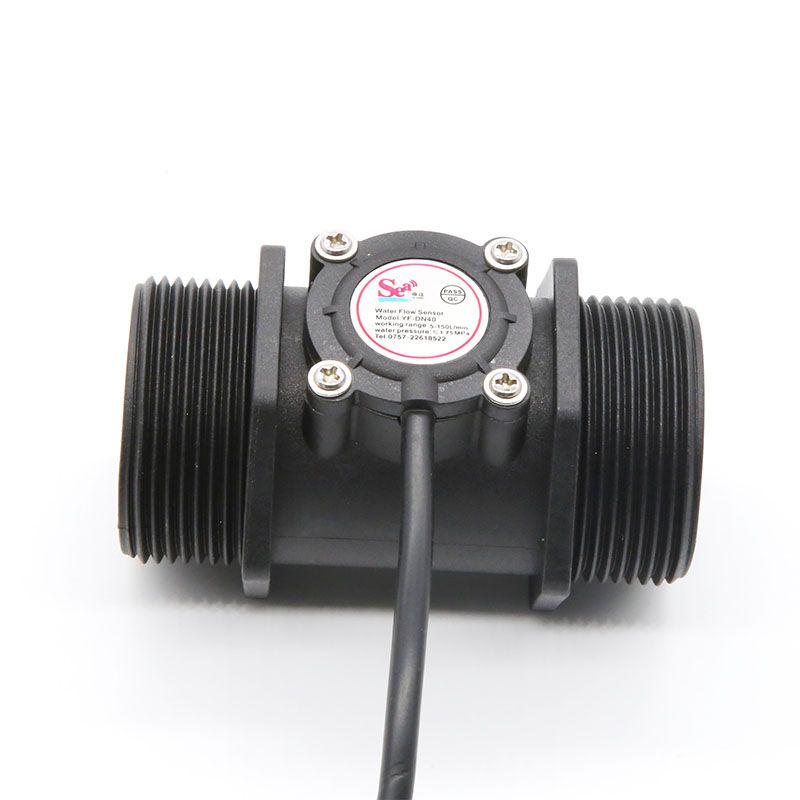These are quality timber screws that have a finish that helps them glide into the wood easily. Great for landscape timbers and other construction tasks requiring strong, long fasteners. Very pleased with them.
I used these nuts & bolts on my beach cart. If you want the best nuts & bolts on the planet, you have just found them! Wow, what a difference they made on my application. I wish I had bought these nuts & bolts years ago.
I bought this hooks for my front yard about a month ago. I love them!! They're strong and sturdy. I love the style and the material of the item. They're light weight but hold weight. Thy function just as expected. I would definitely purchase them again and do recommend them. Definitely great value for my money!
I use for drop mechanisms, very reliable, would I put them in a $600.00 plane, nope.
I have good luck with them, with rcskydiver, and drop box, highly recommend.
Out of 64 I had one act funny, Not bad.
I've been using riv-nuts for a long time and they're a great solution when you need one. These are identical to the one's I've gotten from McMaster over the years. They crush evenly and the threads seem to be in spec. This is an extremely good value for the money! The case is nice, I love to see a label under the lid, and the included sizes range well for me. It's also very nice they come individually bagged so they don't end up disheveled from transit! I'm pleased to see so many of each size, even the big ones. This is a ridiculously good price for actual stainless steel!
